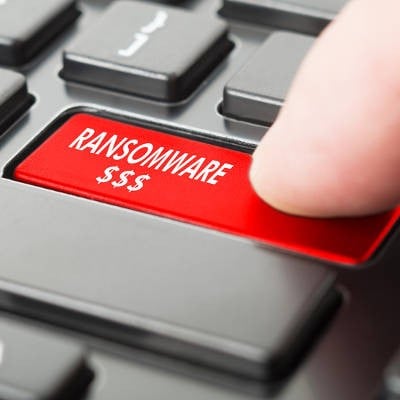- Home
- About Us
- IT Services
- Understanding IT
- Understanding Ransomware
- Understanding Shadow IT
- Understanding Your Virtual Identity
- Understanding the Modern Office
- IT Threat Glossary
- Understanding Business Continuity
- Windows Server 2003: End of Life
- Understanding the Internet of Things
- Understanding Network Security
- Understanding SOX
- Understanding BYOD
- Understanding PCI DSS
- Windows XP End of Life
- Understanding HIPAA
- Cloud Computing
- Windows 2008 Server EOL
- News & Events
- Blog
- Support
- Contact Us
- Home
- About Us
-
IT Services
-
Understanding IT
- Understanding Ransomware
- Understanding Shadow IT
- Understanding Your Virtual Identity
- Understanding the Modern Office
- IT Threat Glossary
- Understanding Business Continuity
- Windows Server 2003: End of Life
- Understanding the Internet of Things
- Understanding Network Security
- Understanding SOX
- Understanding BYOD
- Understanding PCI DSS
- Windows XP End of Life
- Understanding HIPAA
- Cloud Computing
- Windows 2008 Server EOL
- News & Events
- Blog
- Support
- Contact Us
SCW Blog
Let’s say that you don’t want someone else accessing the Control Panel on your Windows desktop or laptop. That’s perfectly reasonable, but you might not know how you can prevent them from doing so. Thankfully, Windows is flexible enough to allow this function, and with a little know-how, you can implement it without a hitch.
2017 has already seen its fair share of cybersecurity threats, and when paired with the events of 2016, it’s clear that implementing a business continuity plan is more important than ever. Today, we’ll discuss what businesses need to do to ] ensure their continuity based on this year’s IT trends, as well as the challenges many faces as they try to implement a strong continuity strategy.
On June 12th, the U.S. Department of Homeland Security issued a warning to power grid operators and electric utilities concerning a newly surfaced malware called CrashOverride (aka Industroyer). Only, it’s not entirely new. The world has seen this before and the fallout from it is concerning.
Executive Order 13694 will be around for another year, as the current administration has elected to extend it. This document provides the government with the power necessary to retaliate against cyber attacks of various kinds through the use of sanctions. Let’s take a look at what this means.
Mobile? Grab this Article!
Tag Cloud





